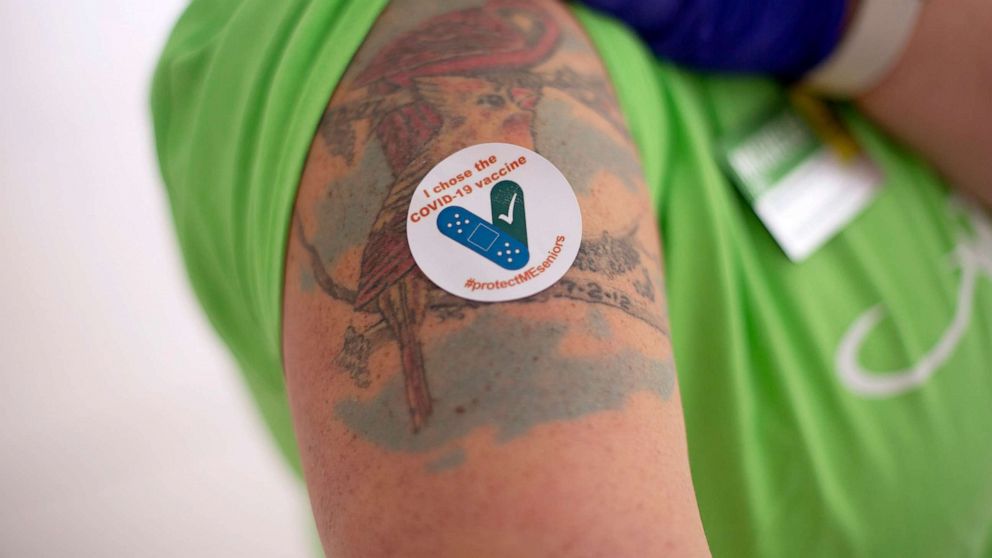
The vast majority of the reactions reported were mild, such as headache and fatigue.
In clinical studies, the Pfizer and Moderna COVID-19 vaccines showed a low rate of serious side effects. Now, real-world data from the first month of vaccination administration in the US confirms that data.
A new report from the CDC looks at numbers from VAERS, a government-controlled vaccine safety portal where health workers in the US must report adverse events following vaccinations.
In a month of nearly 14 million vaccine doses administered, only about 7,000 reports were sent to VAERS – 91% of them described mild events, such as headache, fatigue, and dizziness.
Anaphylaxis, a vaccine reaction that received wide media attention, turned out to be uncommon: a total of 62 cases were reported, at a rate of 4.5 per million doses – comparable to the rate of anaphylaxis with other common vaccines.
113 deaths were reported to VAERS out of 14 million doses; 78 from long-term care facilities and 35 outside institutions – and so far none of those deaths have been directly linked to the vaccine.
The data is not entirely surprising, says William Schaffner, MD, a professor of preventive medicine and infectious diseases at Vanderbilt University Medical Center.
“The completeness of the safety evaluation has been better than we’ve done for any approved vaccine we’ve used in the United States,” he told ABC News. “The clinical trials with both vaccines were extensive, and both showed very low rates of serious side effects.”
The CDC also collected patient-reported data from v-safe, a smartphone app for voluntary adverse event reporting. Of the 1.6 million vaccine recipients who participated, the majority reported mild side effects such as injection site pain, fatigue, headache, and chills. These symptoms were reported to be most prominent on the first day after the injection – and worse with the second dose – but improved each subsequent day and resolved by day 3 or 4.
The app also collected pregnancy status data, and the nearly 11,000 women who reported being pregnant will be tracked in a special registry.
The CDC’s data is limited as it relies heavily on self-reported data. For example, in both the VAERS and v-safe reports, the most side effects were noted in women. But as Schaffner describes, this doesn’t necessarily mean that women are more prone to reactions.
“I am more likely to believe it is a reporting bias,” he said, describing the well-documented difference in health care use between men and women. “Women are more likely to seek medical attention and more likely to report illnesses.”
Those who found the pace of vaccine rollout to be too hasty can rest assured by the CDC’s reporting, Schaffner says.
“Now that we have data that has been analyzed very well, from a really comprehensive set of surveillance systems, we can go beyond the very large surveys and say, look, we’re doing this in the real world, among your friends and neighbors,” he said. “This vaccine is still very, very safe.”
Eric Silberman, MD, a resident physician of internal medicine at Northwestern Memorial Hospital, is an employee of the ABC News Medical Unit.